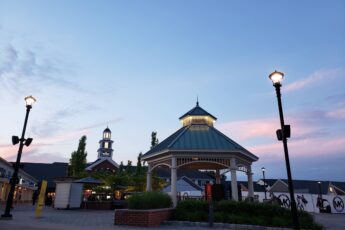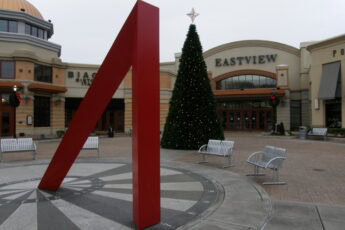The story of Central Park is fascinating and has fascinated many people.
With 843 acres of land, it is the fifth-largest park in the city.
It is between the Upper West Side and the Upper East Side of Manhattan.
Creating Central Park
Central Park is a large park in Manhattan that was created during the 1860s.
It consists of eight hundred and forty-three acres.
Many monuments and memorials are found within its boundaries.
The park was designed as a place for recreation and contemplation.
The park was conceived as a public space to serve the citizens of New York City.
In 1853, the State Legislature approved the creation of a large park in Manhattan.
But the project was plagued by corruption and setbacks.
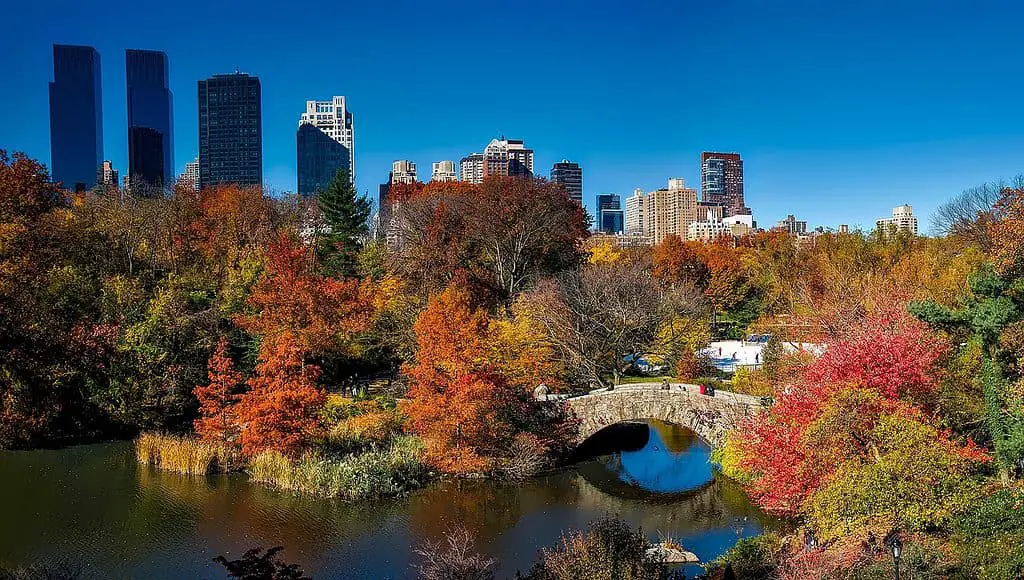
In 1856, Egbert Viele drew up the first plan for Central Park.
He envisioned a landscaped garden, a grand esplanade, and a pond.
Many other submissions also had their fair share of merits.
Another plan proposed by a rival architect was a perfunctory design.
He believed that a rustic nature could not exist in a bustling city.
Ultimately, the proposal was shelved.
Calvert Vaux and Frederick Law Olmsted created the constructed Central Park.
These two were among the most accomplished and influential landscape architects of their day.
Both had worked together on the design of Prospect Park in Brooklyn.
They also collaborated on the design of Morningside Park in Manhattan.
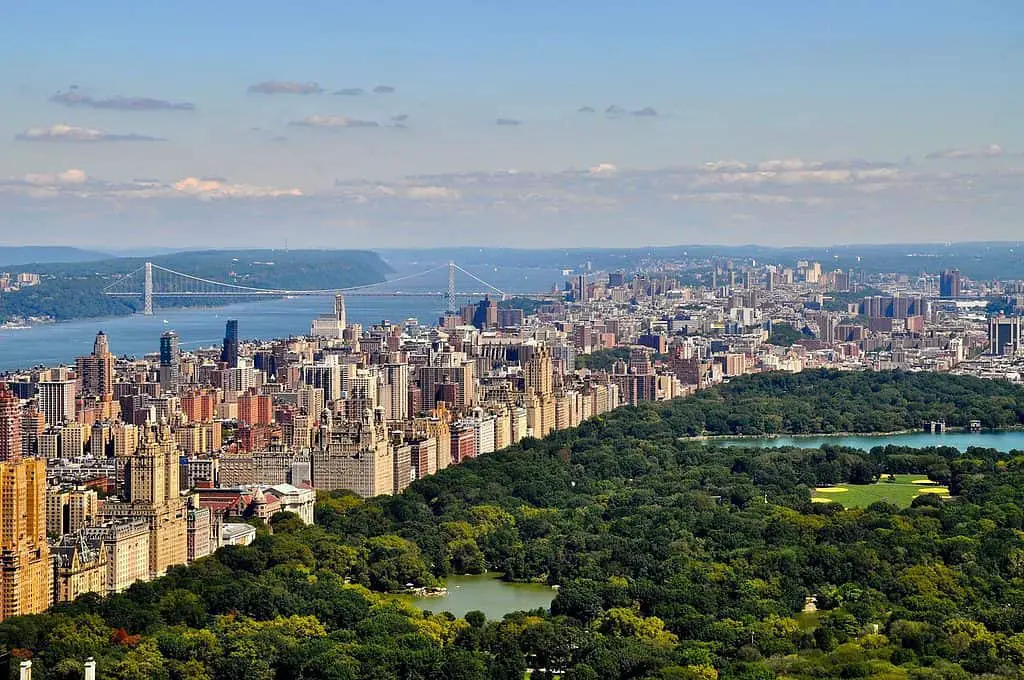
They incorporated features like an ice skating pond, an observatory, and a parade ground.
They also put roadways on the ground. However, they chose to submerge these "transverse" roads beneath the surface.
This allowed them to create a continuous expanse of land for the park.
While the construction of Central Park was plagued with setbacks, it is undeniable that the park was an accomplishment of engineering and architecture.
And it was the first example of an urban landscape park in the United States.
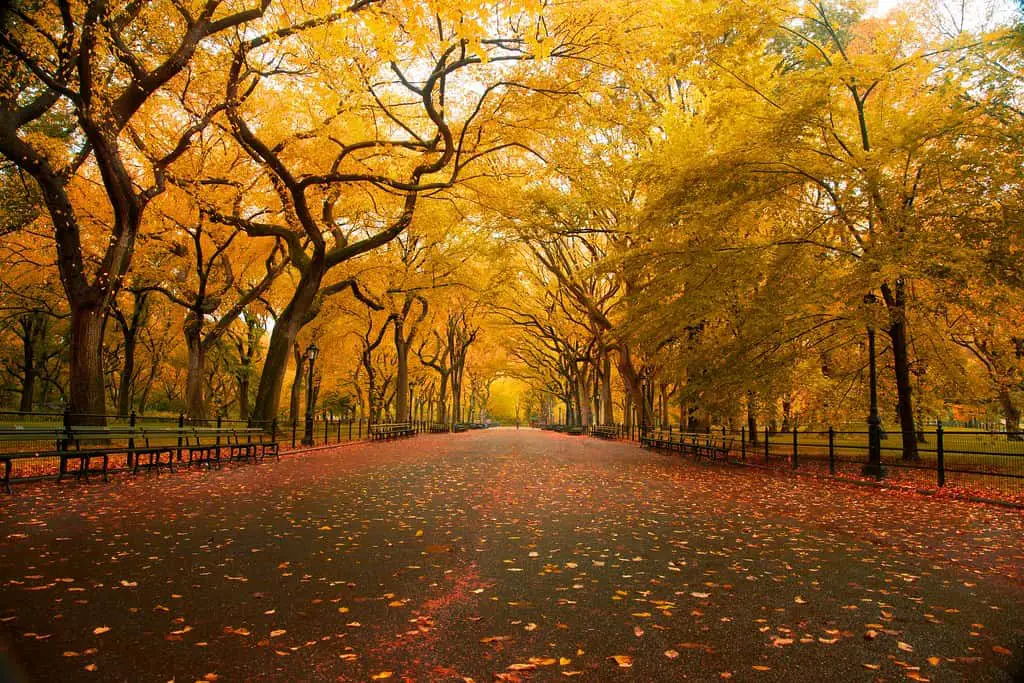
The most noteworthy feature of Central Park is that it remains the premier example of an American park.
Since its construction, the park has been utilized as a location for numerous cultural events, including dozens of movies.
One of the most notable examples of Central Park is the artificial lake.
It was first used for ice skating in the winter of 1858.
Seneca Village
The Seneca Village is a historical site in Central Park, New York.
It was once the most prominent African-American community in New York.
Although its population was predominantly African-American, it also included some middle-class residents.
Before the Civil War, Seneca Village was a vibrant and active community.
Many of the inhabitants worked as laborers or service workers.
But there were also several wealthy landowners. One such family was the Lyons. They were educators and abolitionists.
Their boardinghouse in the village served as a place to hide escaped runaway enslaved people.
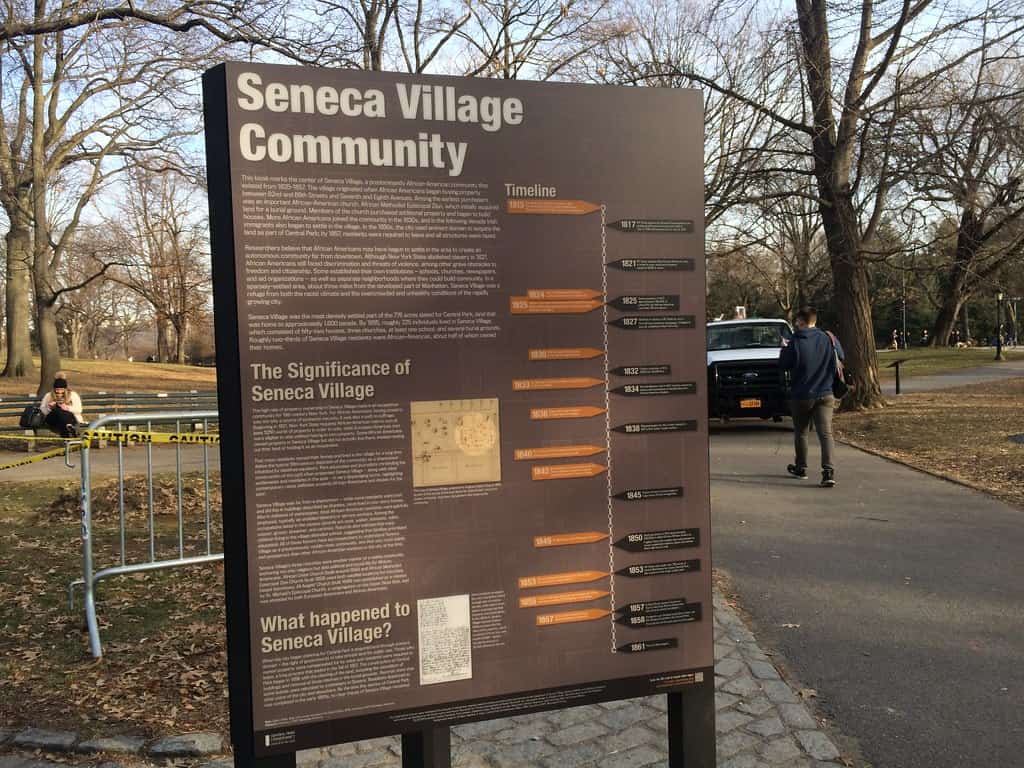
In 1857, the city took control of the land through eminent domain, a legal procedure in which a government could take private property for public use.
This was part of the city's plan to build a large park in central Manhattan.
The Seneca Village was one of the first free communities for African-Americans in New York State.
However, it was also the most short-lived. Approximately 1,600 were displaced as the park was created.
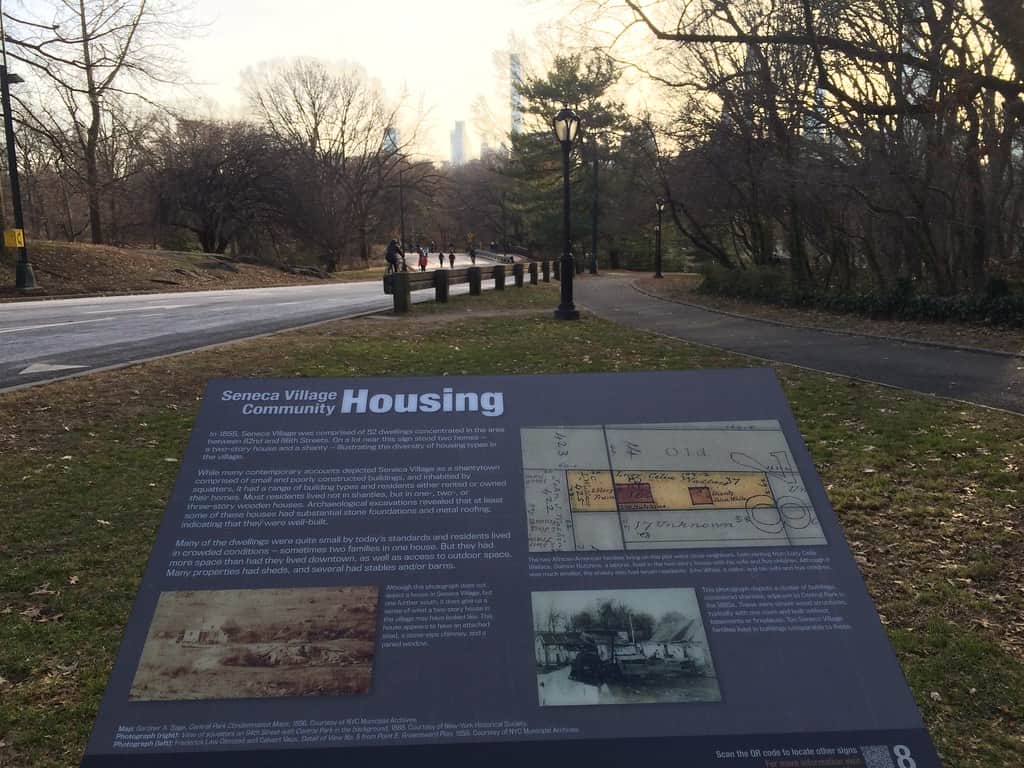
For a small fee, visitors can tour the former site of the three churches that once occupied Seneca Village.
On a guided tour, visitors will learn more about the neighborhood's history.
The tour will also focus on the village's natural spring and the reservoir that once surrounded it.
As part of the park's renovation in the 1990s, the Central Park Conservancy installed interpretive signage in the village.
These were designed to tell the story of the place and its residents.
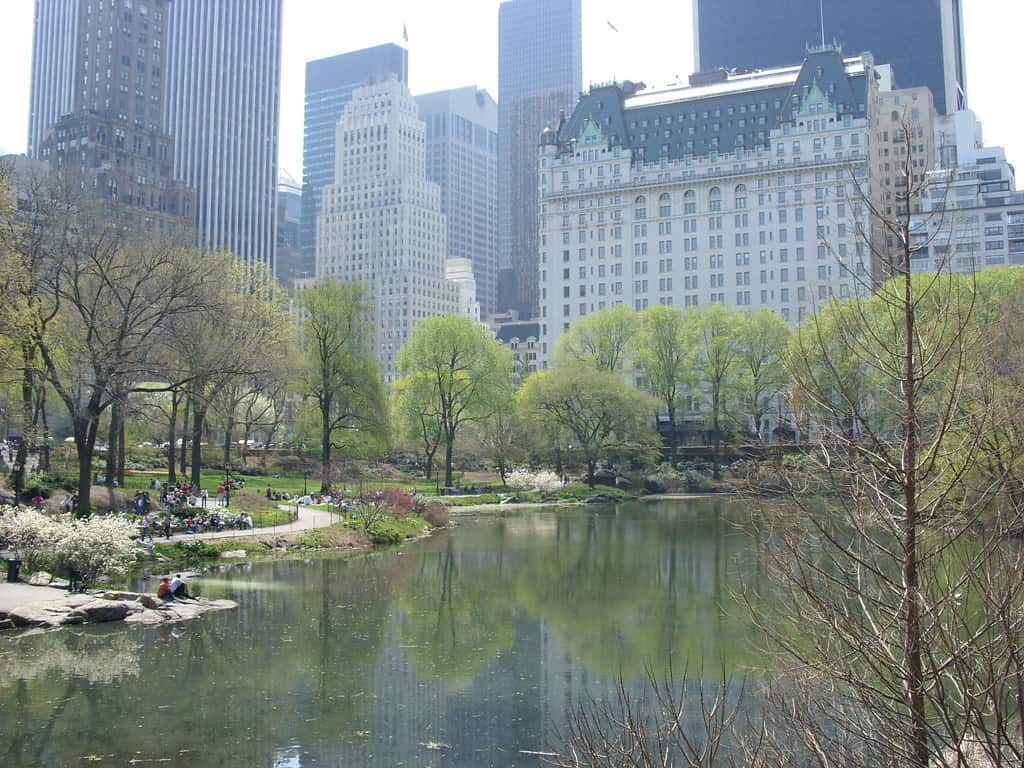
The Seneca Village was a vital refuge for African-American residents of New York before the Civil War.
It also played a crucial role in the Underground Railroad.
While many of its inhabitants left for more prosperous communities in the area, its history is still significant.
The Central Park Conservancy plans to honor the community's legacy by installing a permanent memorial.
In addition, visitors can now take a guided tour of the Seneca Village in Central Park.
Construction of the Greensward Plan
During the mid-19th century, the construction of the Greensward Plan at Central Park began.
The park was to be a place for people to spend time and enjoy nature.
It was a public work project in New York City. A competition for the design of the park was held.
Architects and engineers submitted plans for the park.
Among the designs was a plan submitted by English-born architect Calvert Vaux.
This plan was based on the Picturesque style of landscape architecture.
Some of its highlights included a large lawn, transverse roads, and artistic scenery.
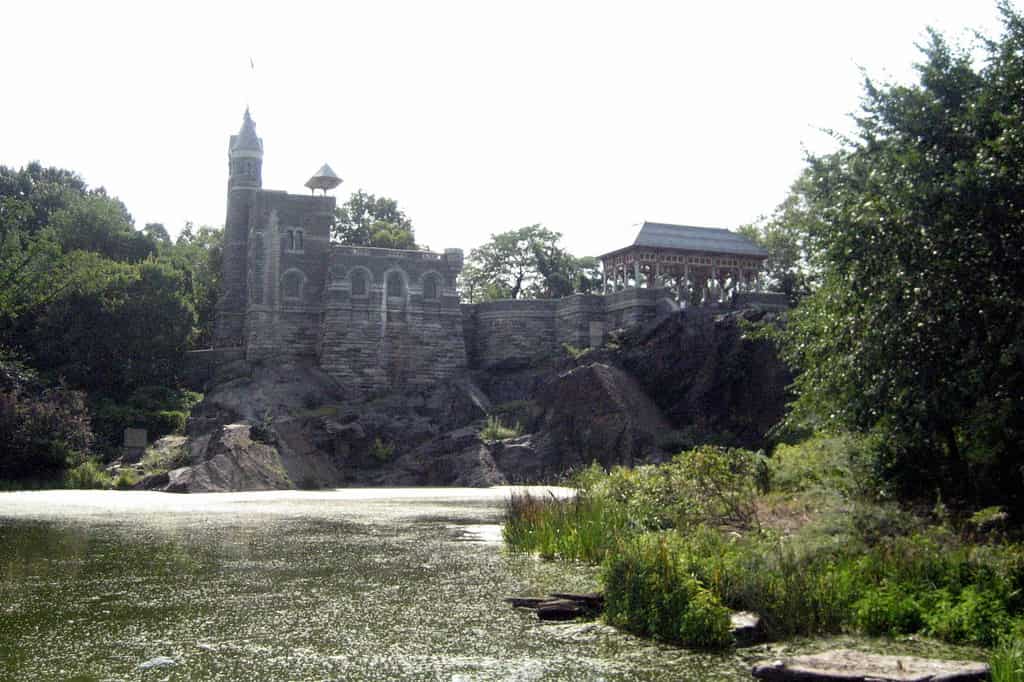
Other plans emphasized a more formal and rustic setting.
Others insisted on the importance of fountains and buildings.
Still, others promoted the park's natural and pastoral features.
When the contest ended, the first prize was awarded to a realistic plan.
In the weeks following the announcement, the idea of a park started to take shape.
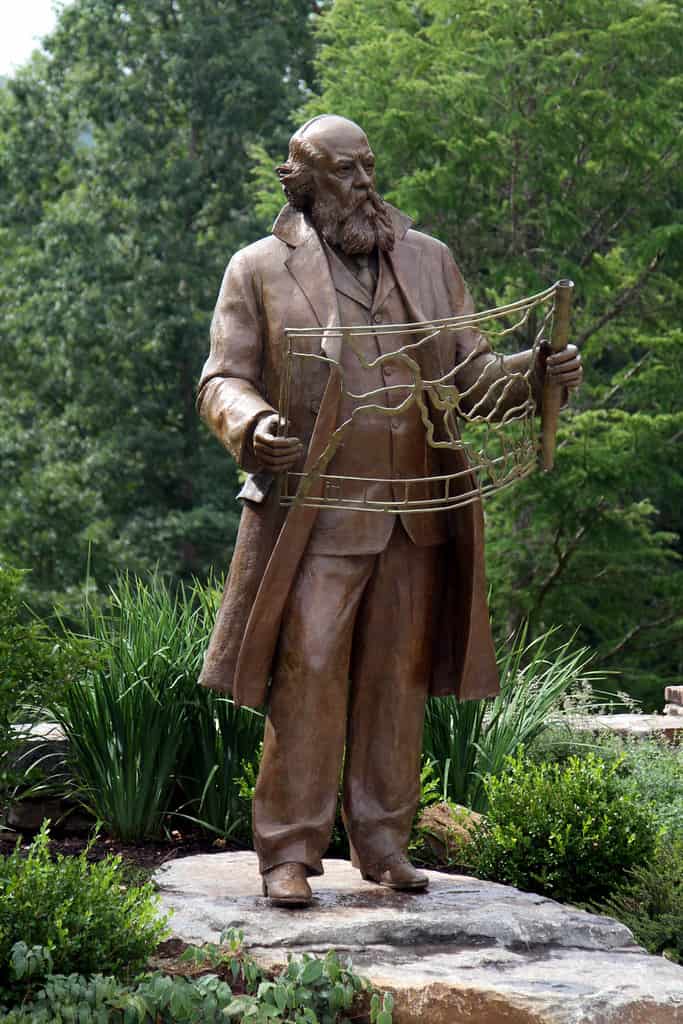
One of the most notable features of the Greensward Plan at Central Park was the separation of paths.
These were not part of the original plan but became a prominent park feature.
Separating paths was one of the main differences between the Greensward Plan at Central Park and the other designs.
This allowed pedestrians and vehicles to pass through the park simultaneously.
The plan was later hailed as a landmark in the history of landscape architecture.
Frederick Law Olmsted supervised its construction.
He tapped his knowledge of horticulture and engineering to design the park.
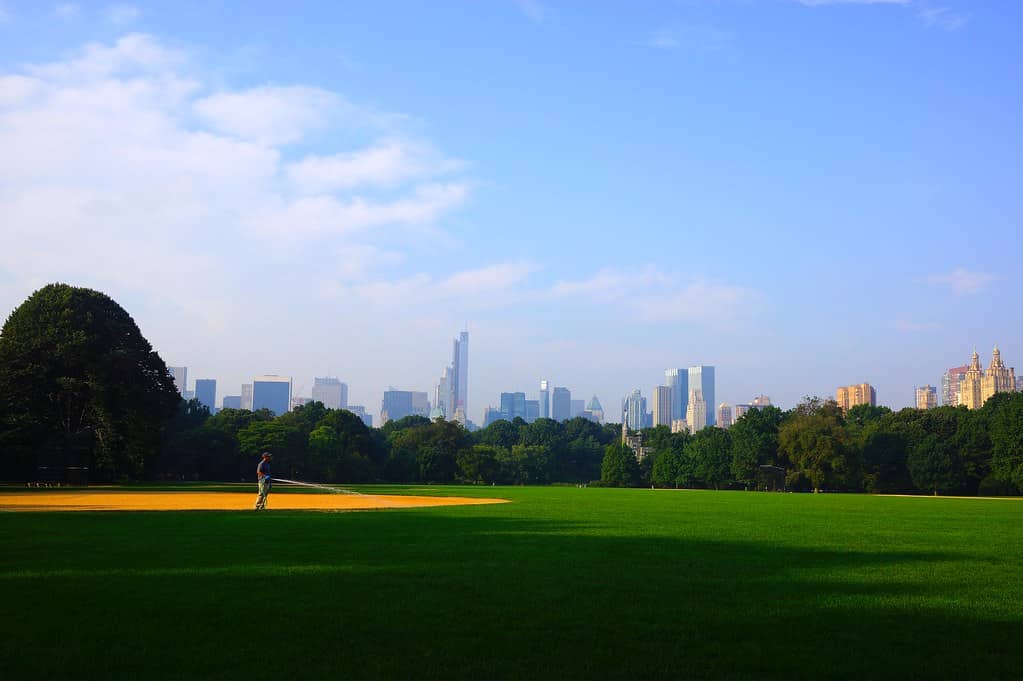
While he served as the park's chief architect, Olmsted collaborated with the architect Calvert Vaux.
Together, they won the competition with their design of the Greensward Plan.
The final designs for Central Park were a combination of urban concerns, aesthetic ideas, and political considerations.
The park would become one of the greatest wonders of the world.
But it was also a mixture of compromises.



